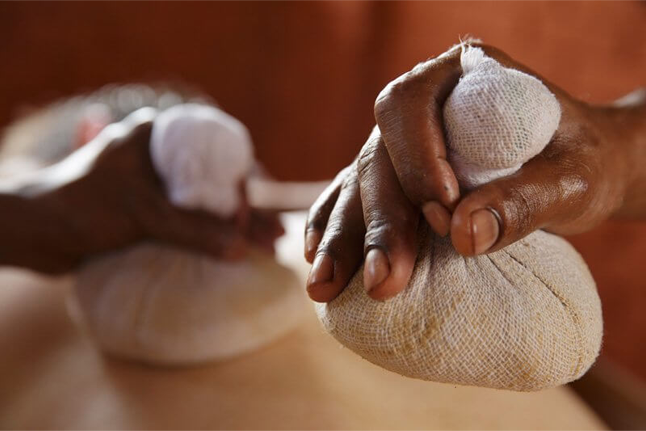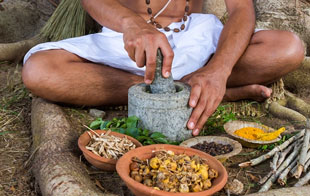
Ayurveda Treatments
Ayurveda therapies have varied and evolved over more than two millennia.[2] Therapies include herbal medicines, special diets, meditation, yoga, massage, laxatives, enemas, and medical oils. Ayurvedic preparations are typically based on complex herbal compounds, minerals, and metal substances (perhaps under the influence of early Indian alchemy or rasashastra). Ancient Ayurveda texts also taught surgical techniques, including rhinoplasty, kidney stone extractions, sutures, and the extraction of foreign objects.
The main classical Ayurveda texts begin with accounts of the transmission of medical knowledge from the gods to sages, and then to human physicians. Printed editions of the Sushruta Samhita (Sushruta's Compendium), frame the work as the teachings of Dhanvantari, Hindu god of Ayurveda, incarnated as King Divod?sa of Varanasi, to a group of physicians, including Sushruta. The oldest manuscripts of the work, however, omit this frame, ascribing the work directly to King Divod?sa. Through well-understood processes of modernization and globalization, Ayurveda has been adapted for Western consumption, notably by Baba Hari Dass in the 1970s and Maharishi Ayurveda in the 1980s. Historical evidence for Ayurvedic texts, terminology and concepts appears from the middle of the first millennium BCE onwards.
Recent Blogs
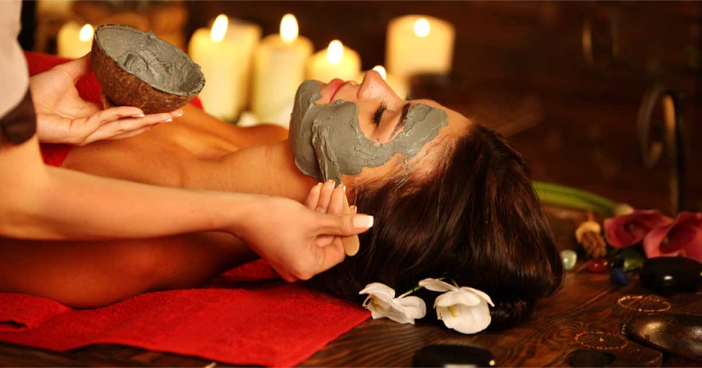
Healing Chronic Illnesses with Ayurveda: Real Patient Stories
Chronic diseases like arthritis, psoriasis, digestive disorders, and diabetes can be debilitating—....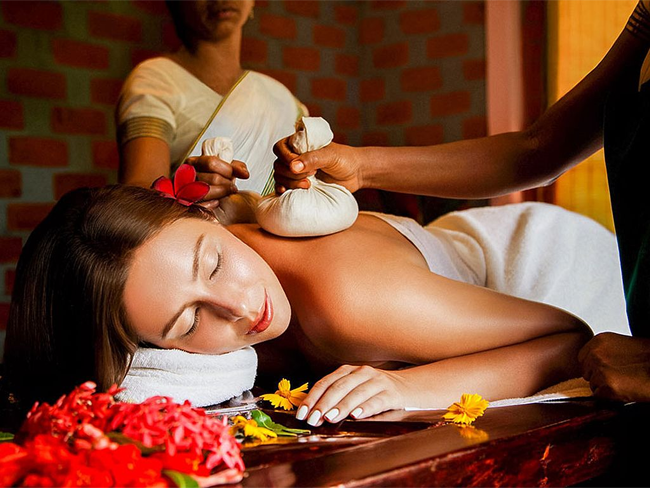
Daily Ayurvedic Routine (Dinacharya) for a Balanced Life
Ayurveda emphasizes that prevention is better than cure, and this begins with Dinacharya—a daily r....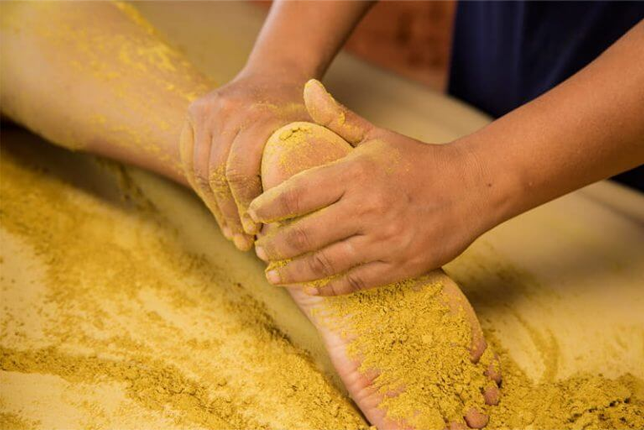
Ayurvedic Detox: The Benefits of Panchakarma Therapy
Ayurvedic Detox: The Benefits of Panchakarma Therapy
Top 7 Ayurvedic Treatments for Stress and Anxiety
In an era where stress and anxiety are common, Ayurveda offers natural solutions without side effect....